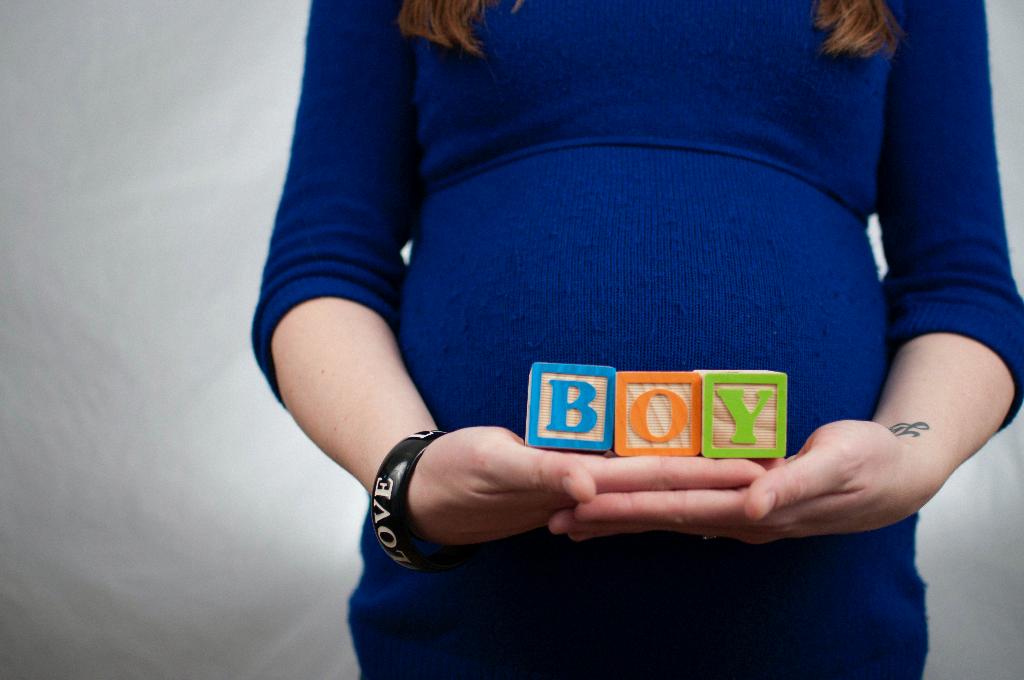During pregnancy, it is crucial to pay attention to personal hygiene to ensure both your health and that of your growing baby. Among the various areas of the body that require careful cleaning, the belly button is often overlooked but equally important. Properly cleaning your belly button can help prevent infections and promote overall well-being during this critical period.
As your body undergoes significant changes during pregnancy, your belly button may become more sensitive and prone to collecting dirt, sweat, and bacteria. Neglecting to clean it regularly can lead to the accumulation of debris, which in turn can create an ideal environment for bacterial growth and potential infections.
While it is safe to clean your belly button during pregnancy, it is essential to do so gently and carefully. Use a mild soap and warm water to wash the area, making sure to remove any dirt or residue that may have accumulated. Avoid using harsh chemicals or scrubbing too vigorously, as this can irritate the delicate skin around your belly button.
If you notice any redness, swelling, or discharge from your belly button, it is important to consult your healthcare provider. These symptoms could indicate an infection that requires medical attention. Your doctor can provide guidance on how to treat the infection safely while considering the health of your baby.
During pregnancy, your immune system may be somewhat compromised, making you more susceptible to infections. Keeping your belly button clean and dry can help reduce the risk of developing any complications that could affect your health or the health of your baby. Remember that prevention is key when it comes to maintaining good hygiene.
It is also essential to be mindful of how you dry your belly button after cleaning it. Pat the area gently with a clean towel to remove excess moisture, as leaving it damp can create a breeding ground for bacteria. Ensuring that your belly button remains dry and clean throughout your pregnancy can help minimize the risk of infections.
Some pregnant individuals may find it challenging to reach their belly button as their pregnancy progresses and their belly grows. In such cases, using a soft washcloth or sponge on a gentle stick can help you clean the area effectively without straining yourself. Remember to take your time and be gentle when cleaning your belly button.
While cleaning your belly button is important, it is equally crucial not to overdo it. Excessive cleaning or the use of harsh products can disrupt the natural balance of bacteria on your skin, potentially leading to irritation or infections. Stick to a simple cleaning routine using mild soap and water to maintain optimal hygiene.
Remember that every individual’s body is unique, and what works for one person may not work for another. If you have any concerns about cleaning your belly button during pregnancy, don’t hesitate to reach out to your healthcare provider for personalized advice. They can offer guidance tailored to your specific needs and address any questions or uncertainties you may have.
In conclusion, keeping your belly button clean during pregnancy is safe and essential for promoting good hygiene and preventing infections. By incorporating gentle cleaning practices into your routine, you can help ensure that both you and your baby stay healthy throughout this transformative experience. Remember to prioritize self-care and make your well-being a top priority during this special time in your life.

